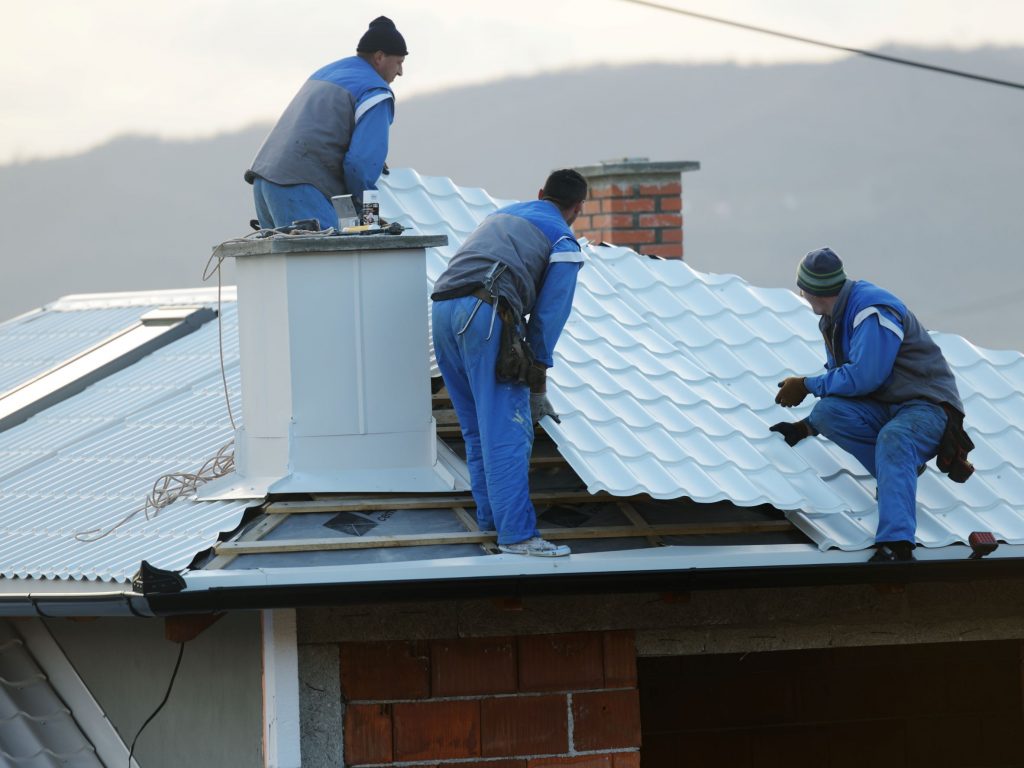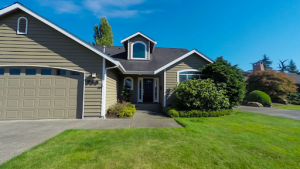5 Signs Your Denver Home Needs a New Roof

Hiring a roofer to install a new roof can improve your insulation, reduce energy costs, and increase the value of your home. However, how do you know when the roof needs replacement? Read on to identify five sure signs your Denver home needs a new roof.
1. Leaking roof
Roofing replacements contribute approximately 94% of all roofing undertakings in North America. A rain leak is a serious problem that calls for a replacement. In Denver, leaks commonly occur due to cracked flashing and missing shingles. Leak damage is usually extensive and requires repair sooner rather than later. Moisture absorption causes shingles to expand and edges to curl, a natural occurrence with an older roof. Leaks also contribute to other problems such as:
- Water stain on the ceiling or wall
- Blistering or peeling paint inside or outside the home
- Damage to floors
- Wet insulation
2. Wind Damage
Poor tab adhesion and cracked asphalt shingles are signs of wind damage. Manufacturers offer a warranty on asphalt shingle roofs of no more than 25 years. Extremely loose tabs that provide little resistance signify extensive wind damage. It can cause problems for your Denver home insurance since it indicates neglect with no repairs carried out on the roof.
Open tabs and cracked shingles cause interior damage to the house in case of a windstorm. This is because when the shingle lifts in the wind and breaks off, it exposes nail holes. Exposed face nails make it easier for water leaks to develop behind the row of boards. These leaks are usually difficult to fix.
3. Granular Loss
Granules keep the roof weather-proofed by protecting the shingles underneath against sun rays and rain; without the granules, your roof is no match for the elements. Granular loss is visible as dark spots on the shingles and the ground by your front or back wall.
The primary cause of granule loss is improper roof installation. Foot traffic also causes roof friction, leading to granules’ wear and tear. In Denver, hailstorms are common during spring. An older roof regularly pelted by hail has weakened granular adhesion to the ceiling. Wind and rain, too, are weather elements that accelerate this loss.
4. Exterior Roof and Siding Decay
In Denver, rooftop gardens are famous as people have become more innovative at growing food. Rotting plant debris on the roof ages the roof components below faster than other areas without them. These components include metal panels as well as fasteners and clippers. The seals and underlayment, too, end up rusting.
People plant trees around the house for aesthetic purposes. The decay of tree branches that fall on the roof also causes the roof to rot. Additionally, long branches that rub across the roof damage shingles. The friction sometimes knocks the shingles off. Tree branches in contact with the roof also act as bridges for rodents.
5. Fungi and Algae Growth on Roof
Research conducted by Allstate shows that routine roof maintenance is necessary more than once every year. Roof cleaning is essential to limiting the growth of fungi and algae, which is detrimental to shingle life and the general roof condition. In Denver, fungi also lower the resale value of the house.
Black streaks are a sign of blue-green algae. On the other hand, fungus growth occurs in various colors, such as red and pink. In case of extensive growth development, replace all roof components when you install the new roof covering. When installing a new roof, ensure the contractor installs zinc strips or shingles dab zinc bore to prevent algae or moss growth.
As you can see, there are many reasons you may need a new roof. Being aware of these signs will help you not only to replace your roof at the proper time but be proactive with repairs and maintenance. At the first sign of any issues noted above, you should contact a local roofer.






